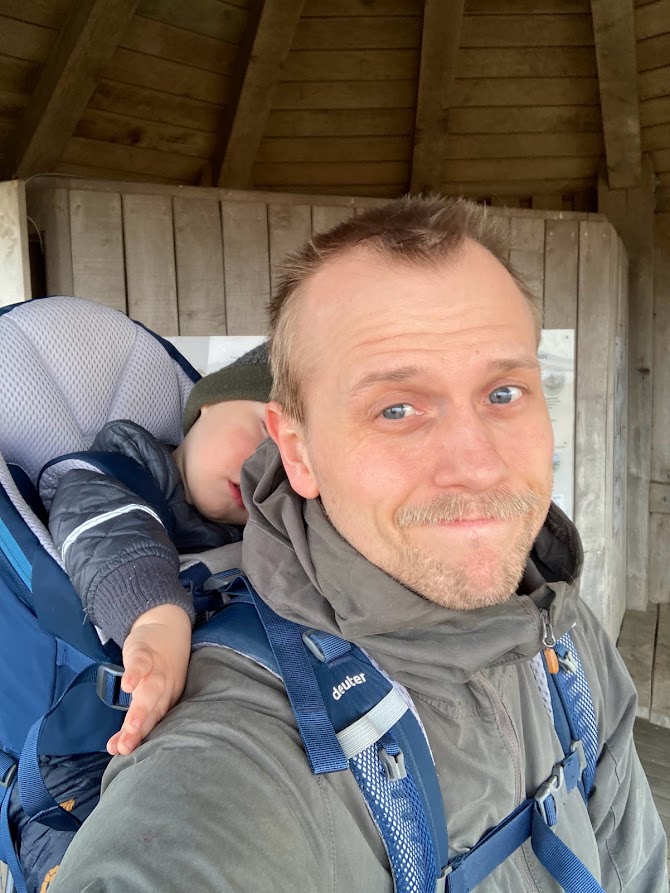Talks and presentations
FEBRUARY 2024
- Tissø Vikingerne, Formidlingscenter Fugledegård, Tissø Vikingecenter, Fuglede
“Forhistoriske Får - Arkæologiske og Molekylærbiologiske Perspektiver”
OCTOBER 2023
- K44 - Festival for Kultur of Kristendom, Silkeborg
“Skibe af Jern og Mænd af Træ - om Peter Freuchens Liv og Levned i Grønland”
- NatArk Annual Seminar in Archaeological Science, Odense Bys Museum, Odense
“The Potential of Biomolecular Analyses of Viking Age Sheep”
SEPTEMBER 2023
- Golden Days, SAXO-Institute & GLOBE-Institute, University of Copenhagen
“Animal Husbandry in Prehistoric Denmark”
- 29th EAA Annual Meeting, Queens University, Belfast
“Shearing Through Time - Biomolecular Insights into Viking Age Sheep Husbandry in Denmark”
NOVEMBER 2022
- 6th Archaeology & Science Day, GLOBE-Institute, University of Copenhagen
“ZooMS: Biomolecular Species Identification of Viking Age Ovicaprines”
JULY 2022
- DRESSED - The widespread Role of Clothes, Textile Production and Clothing Concepts in Society, Universität der Künste Berlin
“Viking Age Sheep and the potential of biomolecular methods”
OCTOBER 2021
- 38th Interdisciplinary Viking Age Symposium, University of Copenhagen
“ZooMS’ing in on sheep - Wool production during the Scandinavian Viking Age and the potential of biomolecular methods”
JUNE 2021
- Old Textiles - More Possibilities, Centre for Textile Research, SAXO, University of Copenhagen
“Wool production in Southern Scandinavia - The Potential of Biomolecular Methods”
APRIL 2021
- Dansk Naturhistorisk Forening, University of Copenhagen
“At skille fårene fra bukkene - fossile proteiner og den sene jernalders uldproduktion”
NOVEMBER 2020
- Museum of Copenhagen, Copenhagen
“At skille fårene fra bukkene - fossile proteiner og den sene jernalders uldproduktion”
SEPTEMBER 2020
- Centre for Textile Research, SAXO, University of Copenhagen
“Late Iron Age Wool Production and the Potential of Biomolecular Methods”
APRIL 2015
- Nordic TAG 2015, University of Copenhagen
“The next 30 years in experimental archaeology - towards an experimental forensic archaeology”
